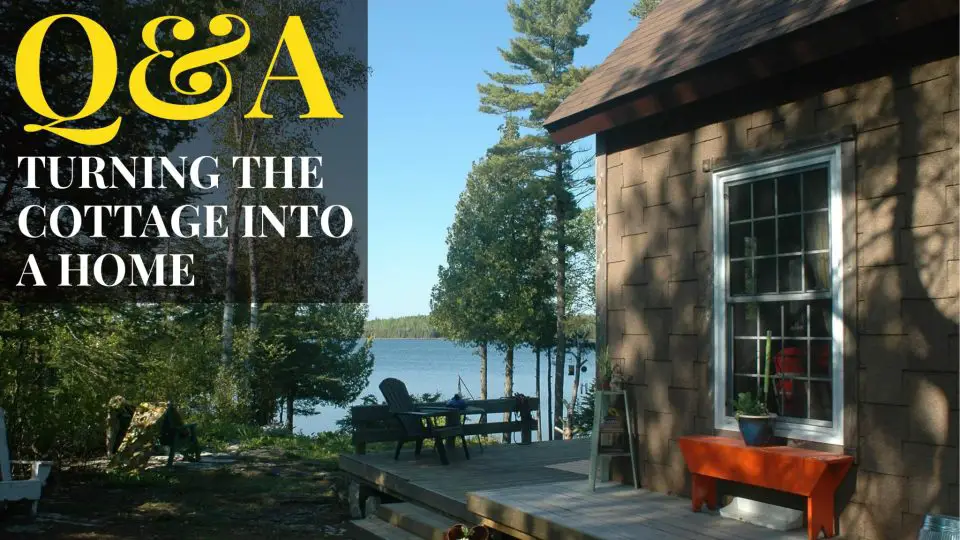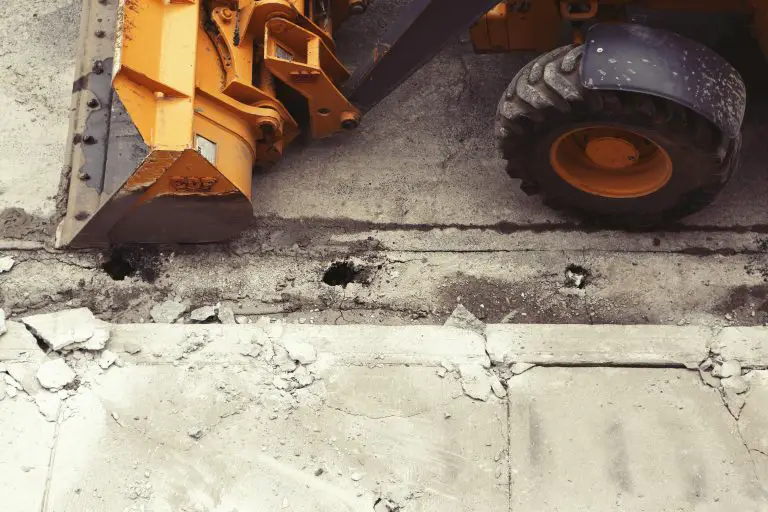
Question: What’s the best way to insulate a cottage? I’m converting our lakeside place into a four-season home, but I want to preserve the interior wooden wall finishes. Paper-covered batt insulation is within the 2×4 wall frames now, but I’m concerned because there’s no vapour barrier on the warm side of the walls.
- Video#2 Watch Time = 3 1/4 minutes
Answer: Your plans to insulate a cottage are similar to what a lot of people are aiming to do these days. As a larger portion of the population heads into retirement, the cottage (or any seasonal country home) is looking pretty good as a year-round place. At least potentially. The thing is, conversions like the one you have in mind aren’t simple because the cold-related construction details required always track back to big decisions made early on about foundations, frame design and water systems. Upgrades are certainly possible, but many times they’re not ideal, nor are they usually easy.

You asked specifically about existing insulation and vapour barriers, and this is one area where compromise will be required. Although adding a vapour barrier on the warm side of any wall insulated with fiber-based insulation is standard practice, you naturally don’t want to remove all that great interior wood to make it happen. To preserve that wood and boost insulation values, you’ve got a couple of options. You could certainly add rigid foam insulation to the exterior walls before new siding goes on.
I’ve added 2” of extruded polystyrene foam in applications like this and it’s worked well. Exterior insulation keeps your wall cavities warmer than they’d otherwise be in winter, so you’re reducing the chance of internal wall condensation because of your lack of vapour barrier. If you’re concerned about trapping moisture within your wall cavities because of impervious foam on the outside, you could opt for rigid sheets of breathable fiber insulation. That’s the green textured stuff you see above. My favourite right now is Rockwool Comfortboard.
Another option for insulating a cottage involves removing all exterior siding and sheathing, removing existing batt insulation, then replacing it with spray foam. This is much more work and expense, and I probably wouldn’t bother if it were my project. But still, the results could be nearly optimal.
If you do go for adding insulation on the outside, be sure to monitor indoor humidity levels during winter. If you’re successful in tightening up your cottage, install a heat recovery ventilator to improve air quality and keep humidity levels low. The lower the indoor humidity levels, the less likely damaging levels of condensation will occur within your walls because of a lack of vapour barrier. Levels lower than 45% relative humidity are what you’re aiming for.
Winter-Proof Water

The biggest challenge when converting any seasonal cottage to year-round use is making the water supply and waste water systems winter-proof. The last thing you want is to have your water supply stop or sewage to back up because pipes have frozen. That’s not a good way to spend the winters of your retirement. Watch the videos below to learn the tricks and details needed to get both water supply and sewage systems working properly in a cottage country landscape, even in a building that wasn’t made for it.
- Video#1 Watch Time = 3 1/4 minutes
- Video#2 Watch Time = 3 1/4 minutes
After a lifetime working in the city, the lakeside cottage you see in the photo above has become the year-round home of Mike and Alice Ogden. Click here to read about their story and how their place means they never have to leave the lake because winter is coming.












